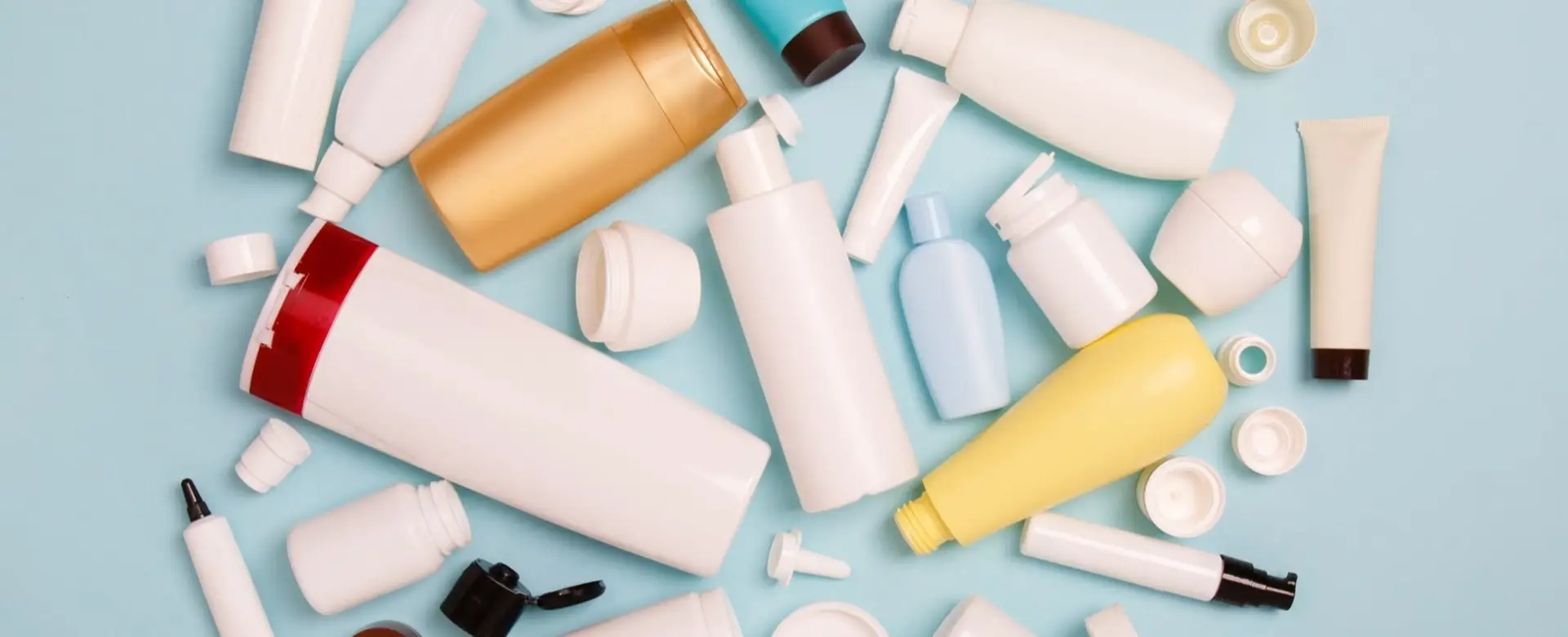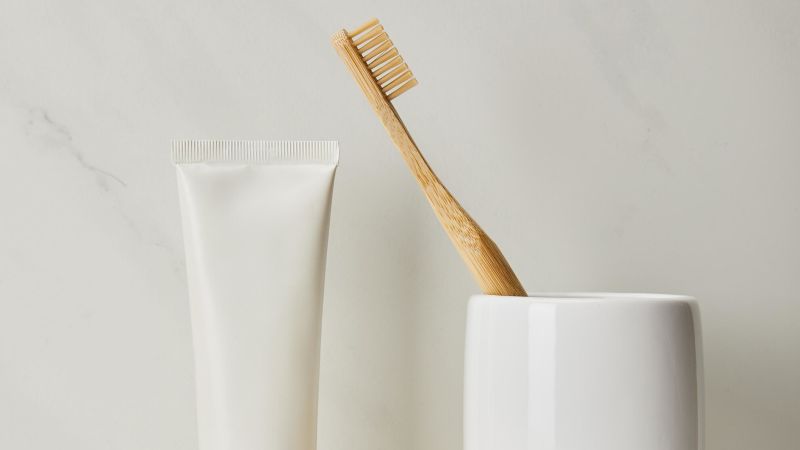What’s new?
The new regulation primarily amends the existing framework for food-contact materials, but has important implications for cosmetic packaging due to overlapping supply chains and manufacturing processes:
- Purity standards: Introduces strict requirements for high-purity substances used in plastic manufacturing, including those derived from waste, which will impact packaging materials used across industries
- Material identification: Clarifies that solid materials chemically bonded to polymers are classified as additives rather than starting substances, affecting how certain cosmetic packaging components are authorized
- Reprocessing regulations: Establishes clear rules for the reprocessing of plastic by-products, requiring strict separation during collection and processing to prevent contamination
- Biocidal treatment alignment: Aligns with Regulation (EU) No 528/2012, requiring that biocidal substances incorporated into plastic packaging must be specifically approved for such use, affecting antimicrobial packaging options
- Enhanced documentation: Manufacturers must maintain comprehensive documentation about composition and purity of materials, and facilitate sampling for inspections
What now?
The cosmetic industry should prepare for implementation:
- The regulation enters into force on March 16, 2025
- Products placed on the market before September 16, 2026, may continue to be sold until stocks are exhausted
- Beginning December 16, 2025, suppliers must notify users if intermediate products are not yet compliant with the new regulation
Cosmetic companies should review their packaging specifications, particularly for high-end products with specialized packaging, to ensure compliance with these new requirements. The regulation will particularly impact brands with sustainability initiatives involving recycled materials, as these will now face more stringent purity standards and documentation requirements.






